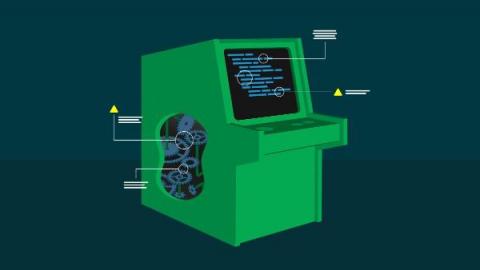Creating snapshots in Jest for testing React applications
Automated tests are especially important in large applications that have lots of moving parts. It is smart to learn about many methods of testing applications so that you can provide as much coverage as possible. If you are not familiar with using snapshots in testing, read on. Snapshot tests are written as part of frontend test automation.









